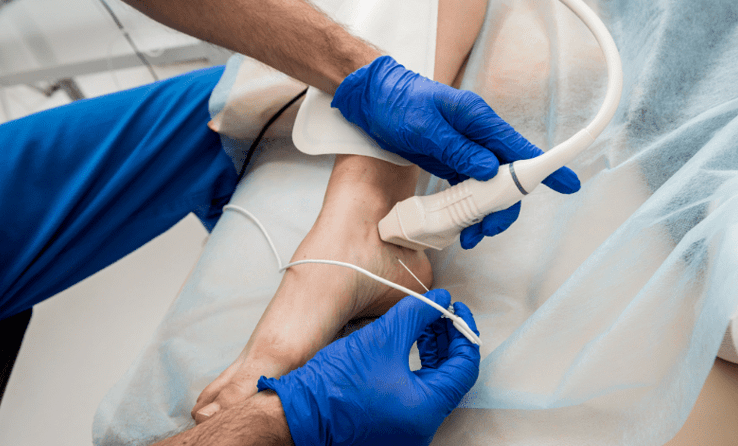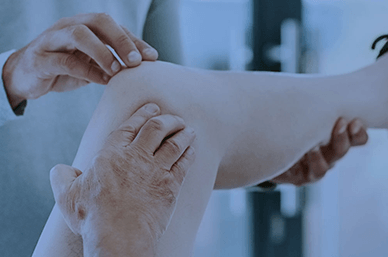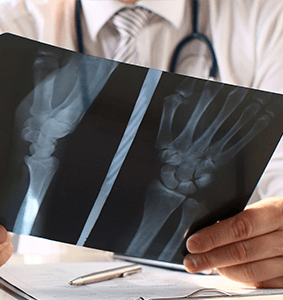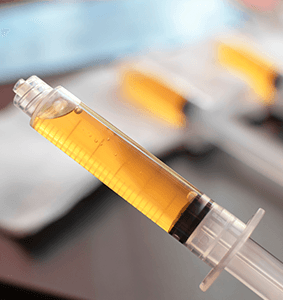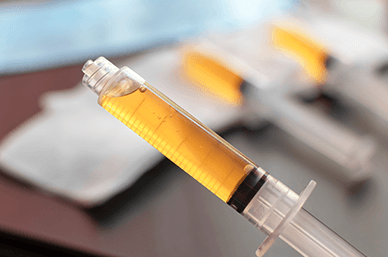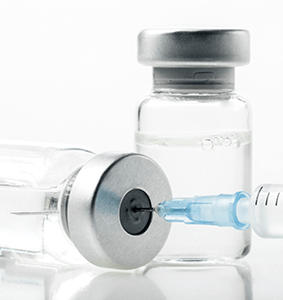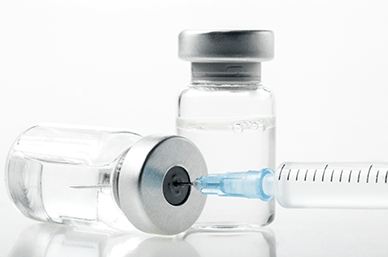What is the Tenex Procedure?
Tenex (also known as percutaneous tenotomy or fasciotomy) is a minimally invasive procedure used to treat chronic tendon and soft tissue injuries. It is particularly effective for tendinopathy and plantar fasciitis that have not responded to conservative treatments like physical therapy, rest, and injections.
What are the Benefits of Tenex vs. Traditional Surgery?
- Minimally Invasive – Tiny incision, no stitches, and minimal scarring
- Quick Procedure – Typically takes 15-30 minutes
- Faster Recovery – Most patients return to light activity within a few days to a few weeks (compared to months with open surgery)
- Preserves Healthy Tissue – Unlike open surgery, Tenex removes only the damaged tendon fibers
- Less Pain & Swelling – Less trauma to surrounding tissues compared to traditional surgery
- Low Risk of Complications – No general anesthesia, reduced infection risk






